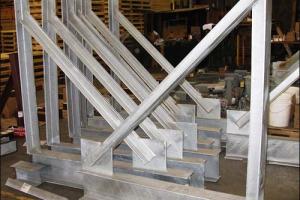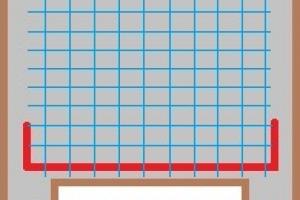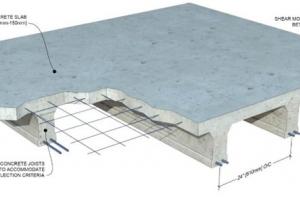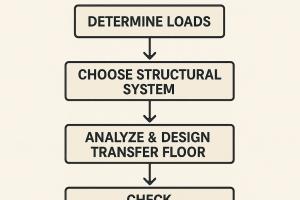Limit States in Structural Engineering: Deflection, Fatigue, Shear etc.
A limit state in structural engineering refers to a condition or state at which a structural system or component can no longer perform its intended function safely and efficiently. It is the point beyond which the structure or component is considered to have reached its design limit and may no longer be capable of carrying the applied loads or meeting the required performance criteria. The concept of limit states is essential in the design, analysis, and assessment of structures to ensure their safety and structural integrity.
Examples of limit states include:
1. Deflection:
Excessive deflection refers to the excessive deformation or displacement of a structural member or system under the applied loads. It is important to limit deflections to prevent structural damage, functional issues, or aesthetic concerns.
2. Fatigue:
Fatigue limit state occurs when repeated or fluctuating loads cause cumulative damage and lead to structural failure over time. Fatigue analysis is crucial to ensure that structures can withstand cyclic loading without developing cracks or fractures.
3. Shear:
Shear limit state refers to the failure of a structural member or connection due to excessive shear forces. Structures must be designed to resist shear forces adequately to prevent shear failure.
4. Buckling:
Buckling limit state occurs when a structural member or system fails due to the sudden lateral deflection or instability caused by compressive loads. Proper design and analysis techniques are employed to prevent buckling failure.
5. Bearing:
Bearing limit state refers to the failure of structural connections or supports due to excessive compressive forces. It is important to ensure that bearing surfaces can withstand the applied loads without crushing or excessive deformation.
6. Cracking:
Cracking limit state refers to the formation of cracks in structural elements due to tensile stresses or other factors. Structures must be designed to minimize cracking to ensure durability and integrity.
7. Flexure:
Flexural limit state occurs when a structural member fails due to excessive bending moments or tensile stresses. Proper design and reinforcement are employed to ensure that members can withstand the expected flexural loads.
8. Torsion:
Torsional limit state occurs when a structural member or system fails due to excessive torsional forces or moments. Adequate torsional resistance is ensured through proper design and reinforcement techniques.
9. Settlement:
Settlement limit state refers to excessive settlement or differential settlement of the foundation or structural supports. Settlement should be controlled within acceptable limits to avoid structural distortion or uneven load distribution.
Understanding and addressing these limit states is crucial in the design, construction, and maintenance of structures to ensure their safety, durability, and functionality throughout their service life. Structural engineers employ various design codes, regulations, and analysis methods to assess and mitigate the risks associated with different limit states.












